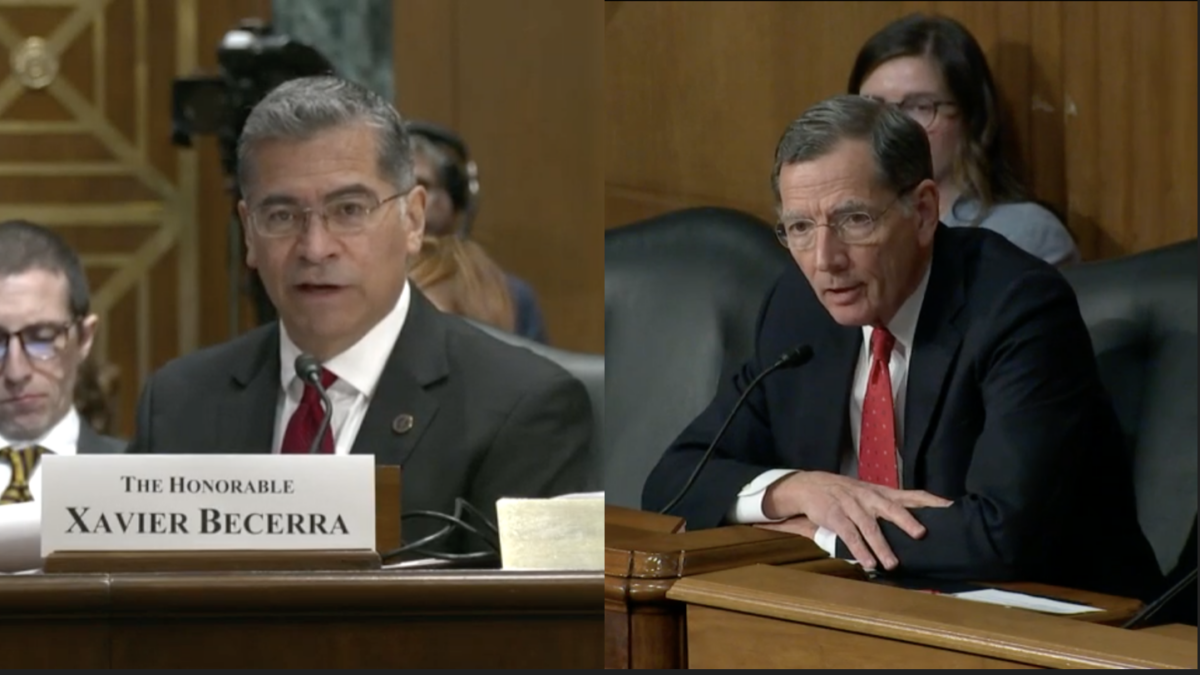
Jeb Bush recently observed that America is “creeping toward multiculturalism” and called it “the wrong approach.” This unleashed the usual synthetic furies of the organized Left, ever ready to crush dissent on things that matter. This will not be the last time you will hear about this issue in the year to come.
The debate between assimilation and multiculturalism could very well be not just the sleeper issue of the 2016 campaign, but the current great question of the West. Our fights over immigration may be a cover for a more protracted deliberation over national identity—not just here, but in the United Kingdom, France, Spain, and so on.
America’s identity is rooted in a unique culture that includes an exceptional attachment to constitutional government, volunteerism, and deriving satisfaction from a hard day’s labor—virtues intricately linked to America’s inordinate freedom and prosperity. The American public, sensing this connection at the all-important gut level, again and again tells pollsters they support the assimilation of immigrants; i.e., they do not want their country to change.
Of all the politically correct sacred cows that cannot be slaughtered, however, multiculturalism may top the list.
Time for ‘New Americans’?
CNN’s report on what happened was typical of the fog that surrounds the issue. Bush, CNN said, was speaking of multiculturalism “in the literal sense—a social model in which cultures live in ‘isolated pockets.’” American Bridge, a political action committee funded by George Soros, a well-known supporter of transnational causes, criticized Bush for appearing to denounce multiculturalism “in the more commonly known sense of tolerance for other cultures,” added CNN.
But there’s no confusion if you know the issue. Proponents of multiculturalism always portray it as respect for diverse cultures: the ability to be thrilled by Garcia Marquez’s magical realism, to discern the differences between Szechuanese and Shanghainese cooking, and to own the right CD collection of Mongolian throat singing. But make no mistake: multiculturalism is a social model.
To be instructed on its corpus of thought, and on the fact that we are witnessing a creeping, stealthy introduction of a social model, one need not go further than President Obama’s “New Americans” initiatives. The latest installment, the “Stand Stronger Citizenship Awareness Campaign” (CAC) issued recently, offers yet another peek into what is nothing less than a blueprint to remake America along more multicultural and transnational lines. To deconstruct the CAC, one needs to understand that “assimilation” and “integration” are not synonyms. They are rival constructs.
The President’s ‘Integration’ Strategy
Assimilation does not mean abandoning respect and affection for the culture, language, and other attributes of one’s ancestral land. It does mean eventually seeing oneself as a full-fledged American who thinks first (and hopefully only) of America’s national interests and has come to internalize the unique American traits described above.
Lincoln echoed this when he said immigrants have as much claim as the native-born on the sentiment “We hold these truths to be self-evident, that all men are created equal,” and that they should act “as though they were blood of the blood, and flesh of the flesh of the men who wrote that Declaration, and so they are.”
Integration is silent on identity and culture, except when it tries to induce immigrants to retain their old ones. A perusal of the president’s Task Force on New Americans—notably rolled out just days after his executive action on immigration last November—and the strategy paper the task force issued in April, last week’s CAC, and the scholarly papers all these documents rely on, makes clear what it means to those who use it.
Integration includes urging immigrants to naturalize quickly, making their transition quicker and less meaningful (“breaking down the barriers for eligible immigrants and refugees to become U.S. citizens,” according to the CAC). It also celebrates “civic engagement,” a term found throughout the literature and which is actually a call for engaging in protest politics.
It encourages immigrants to learn English so they can engage politically, but exhorts them at the same time to maintain “native language proficiency to preserve culture”—the better to obtain a nation of groups. Significantly, integration includes allowing immigrants to retain their old citizenships and to vote in their countries of birth even after naturalization.
Not Grafting In, But Taking Over
Integration, in other words, is multiculturalist. It is no coincidence that none of the Obama documents ever mentions the word assimilation, while integration appears multiple times.
While many Americans may ignore the difference, the message has gotten through to others. Turkey’s President Tayyip Erdogan has a stock message he repeats with delight to audiences of Turkish immigrants throughout Europe. He excoriates assimilation as “cultural ethnic cleansing” while urging immigrants to integrate and become politicians in their new lands.
In Dusseldorf in 2011, Erdogan’s message went like this: “You are part of Germany, but you are also part of our great Turkey … Yes, integrate yourselves into German society but don’t assimilate yourselves. No one has the right to deprive us of our culture and our identity.”
Assimilation and integration correspond respectively to a division some political scientists see between an “ethnic nationalism” and a “civic nationalism.” The first is blood and soil: the nation is defined in terms of shared ancestry; DNA is the uniting factor.
National Identity Is a Global Issue
Civic nationalists, according to Canadian professor Henry Srebrnik (this school of thought is big in Canada) instead “define the nation as an association of people with equal and shared political rights, and an allegiance to similar political procedures. The nation is a political entity, inclusive and liberal. Anyone can, so to speak, join through becoming a citizen.”
Obama has come under the spell of this type of nationalism. The CAC’s joint venture partner is called Civic Nation, a secretive nonprofit whose website is scant on information about itself. The White House fact sheet announcing the CAC named Soros-funded projects as examples of private-sector commitments to the CAC.
But the civic versus ethnic divide is a false dichotomy. America is no more a civic nation than it is an ethnic one. It has a communal culture on which our freedoms depend. Joining does not require shared DNA, but it does involve more than just naturalizing and suddenly voting. Allegiances “to similar political procedures” lack the emotional bonds that meet the test of time. Americans have an identity that is much deeper than sharing political rights.
Multiculturalism, which pretends what holds a nation together is the mutual recognition and respect of differences, seeks to dissolve those bonds and scorns the shared virtues and traits that give Americans freedom and fortune.
It is no stretch to detect signs of popular angst under the flotsam that passes for headline news. A churning debate over national identity also lies beneath events from Catalonia to Scotland, the European Union referendum in the United Kingdom, and the rise of the Right in France. The natives, as they say, are restless. They know we are creeping toward multiculturalism, and sense that it is, to say the least, the wrong approach.








